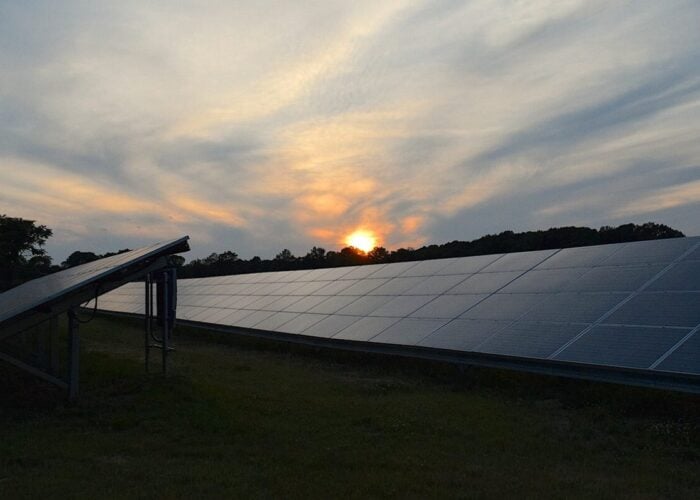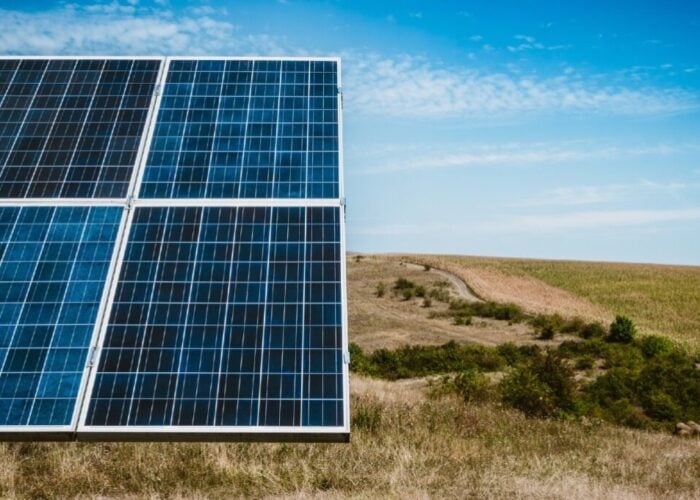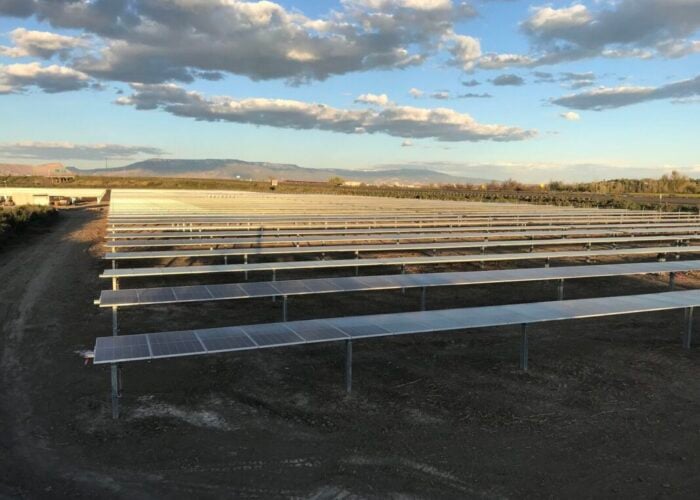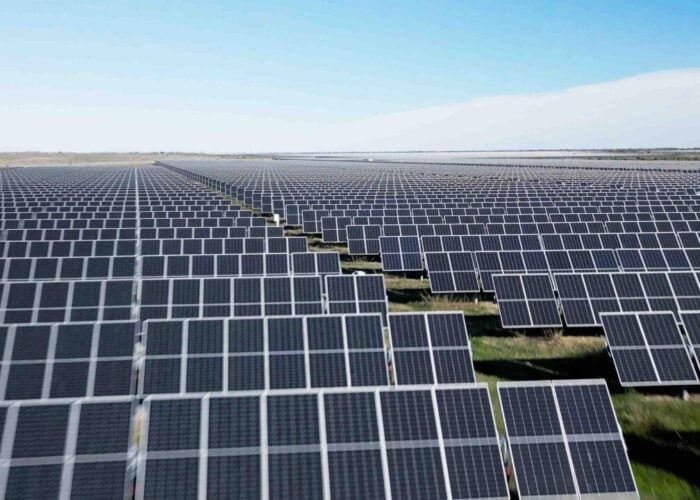
As renewable energy technologies have evolved over the years, they have become a compelling investment proposition. Global investments in new renewable power have grown from less than US$50 million a year in 2004, to around $US288 billion a year by 2018, according to a report by Bloomberg New Energy Finance and the UN Environment Programme.
Despite the fact that this was an 11% dip from the previous year, it was still triple the level of investment in coal- and gas-fired generation capacity combined, the study found. Solar PV and wind power accounted for 90% of total renewable power investments in 2018.
Try Premium for just $1
- Full premium access for the first month at only $1
- Converts to an annual rate after 30 days unless cancelled
- Cancel anytime during the trial period
Premium Benefits
- Expert industry analysis and interviews
- Digital access to PV Tech Power journal
- Exclusive event discounts
Or get the full Premium subscription right away
Or continue reading this article for free
Emerging and developing markets, in particular China, have been attracting most of the renewable investments since 2015, accounting for 63% of those in 2018. India, Brazil, Mexico, South Africa and Chile have also seen sizeable chunks of financing, according to the report.
But despite these finance surges, there is still a vast gap between what is being supplied and what is needed. In January, the International Renewable Energy Agency (IRENA) stated that annual investment in renewables needed to reach US$750 billion to meet the goal of the Paris Agreement to aim to limit temperature rises to 1.5C compared with pre-industrial levels.
Much of that could be met by redirecting planned fossil fuel investment, IRENA said, noting that close to US$10 trillion of non-renewables related energy investments are planned to 2030. Fortunately, this shift has already started to happen, with the number of banks that have announced restrictions, exclusions or divestments from coal mining and/or coal-fired plants growing.
The Institute for Energy Economics and Financial Analysis (IEEFA) has tracked more than 120 banks, insurers and asset managers with more than US$10billion under management that have made this move. Two of the most notable in recent months are the European Investment Bank, which in November announced a decision to align all its policies with the Paris targets, phasing out fossil fuel funding by the end of 2021 and new financing for renewables of US$1.6 billion.
Then in January, asset management giant Blackrock announced that it was to realign its investments with sustainability, and halt support for coal projects. In May, Australian bank Westpac said it was to phase out coal investments by 2030 and provide AU$3.5 billion of new lending to climate change solutions over the next three years.
This trend has been significant, explains Tim Buckley, IEEFA’s director of energy finance studies, since once these institutions make such policies, they tend to tighten them up consistently to exclude more activities, for example, investment in Arctic drilling and tar sands, and simultaneously shift sizeable chunks of lending to more sustainable assets, he says.
“There is evidence that it is starting to come through to renewables,” Buckley says. For example, Standard Chartered bank announced its first coal exclusion policy in 2016, and in February 2020 then launched US$35 billion of project financing, advisory and debt structuring services for solar and wind projects.
The shift is complicated by the value of renewable energy technology investments, which tend to be dwarfed by those needed for fossil fuel plants, meaning that they were struggling to find alternatives to which to allocate their funds, he explains. But banks were tending not to find the opportunities because they had not been actively pursuing them, he says.
“Now that they’re looking, it’s interesting how opportunities are emerging. It’s only with the banks, investors and insurers promoting their sustainable lending criteria that projects are coming to the fore,” he says.
However, Raj Prabhu, chief executive at analysts Mercom Capital Group points out that the investment shift to renewables varies according to country: “Every market in every country in the world understands that fossil fuels are bad and that we need to switch to renewable energy. But what they’re doing about it is different.”
For example, some governments have renewable energy policies because they have to, but public pressure on politicians to switch to clean energy is lacking. Electricity from renewable generation is still more expensive than coal in places such as India, he says. “The tipping point there may come in the next two or three years when renewable energy is so cheap that they don’t have to worry about intermittency,” Prabhu says.
Global totals flowing specifically to solar from a variety of private sector sources reached US$11.7 billion throughout 2019, a 20% jump on the US$9.7 billion secured the year prior, according to data from Mercom. Venture capital funding reached US$1.4 billion in 53 deals, a 1.6% increase compared to US$1.3 billion in 65 deals in 2018, it noted. ReNew Power raised US$300 million, while Hero Future Energies raised US$150 million, and Avaada Energy US$144 million.
Public market financing activity came to US$2.5 billion in 18 deals, compared with US$2.3 billion in 21 deals in 2018. Meanwhile, debt financing increased 29%, with US$7.8 billion in 46 deals compared with US$6 billion raised in 53 deals in 2018. And large-scale project funding came to US$16.1 billion in 152 deals in 2019 compared with US$14.1 billion in 184 deals in 2018.
Last year’s investment performance was largely down to the strength of the companies and the general market, according to Prabu. “All of the solar publicly traded companies were all doing well, and when that happens it becomes easier to sell shares or raise debt because your stock is up.”
This is an extract of an article first published in Volume 23 of PV Tech Power. The full article can be read here, or in the full digital copy of PV Tech Power 23, which can be downloaded for free here.






